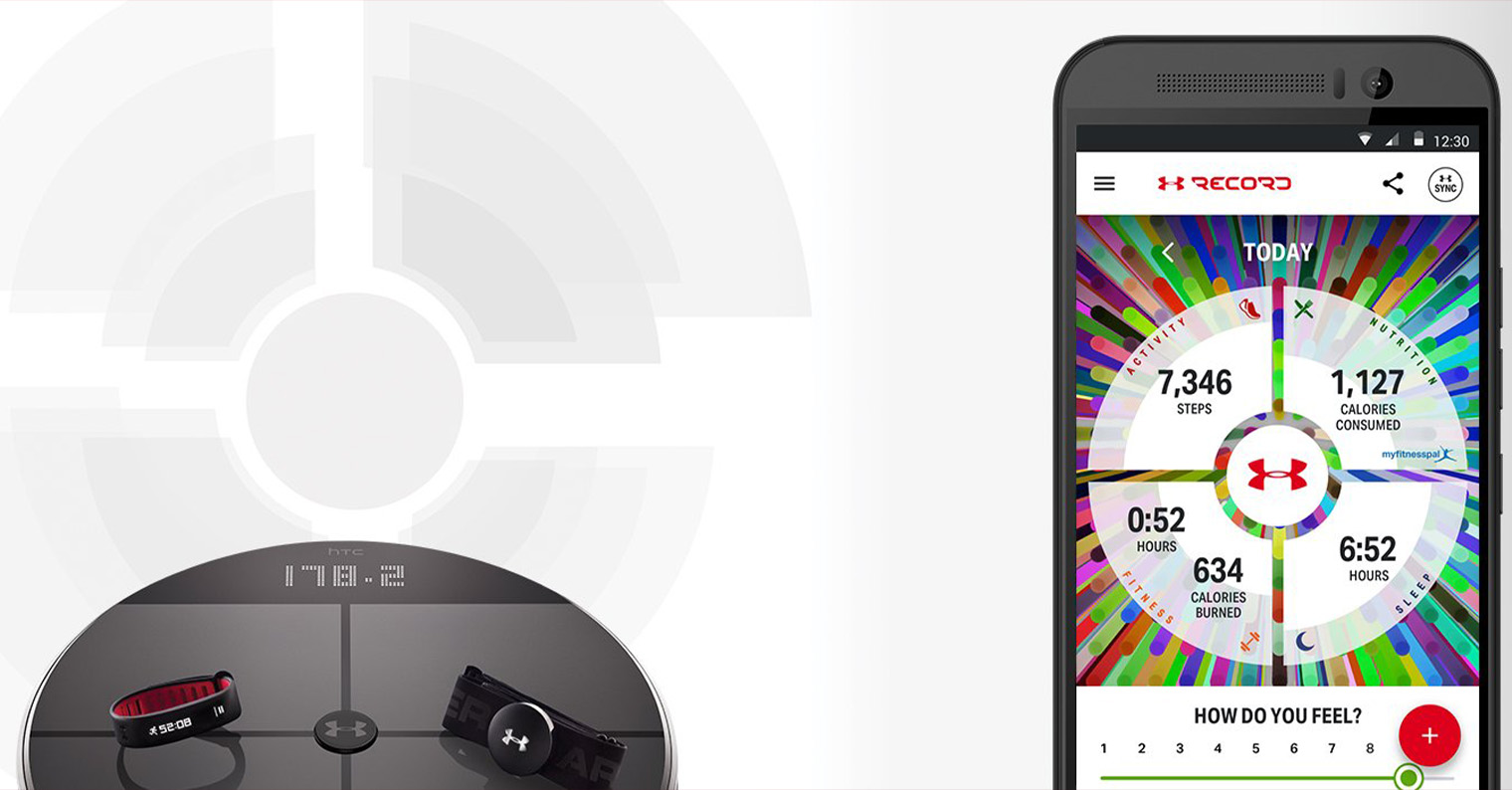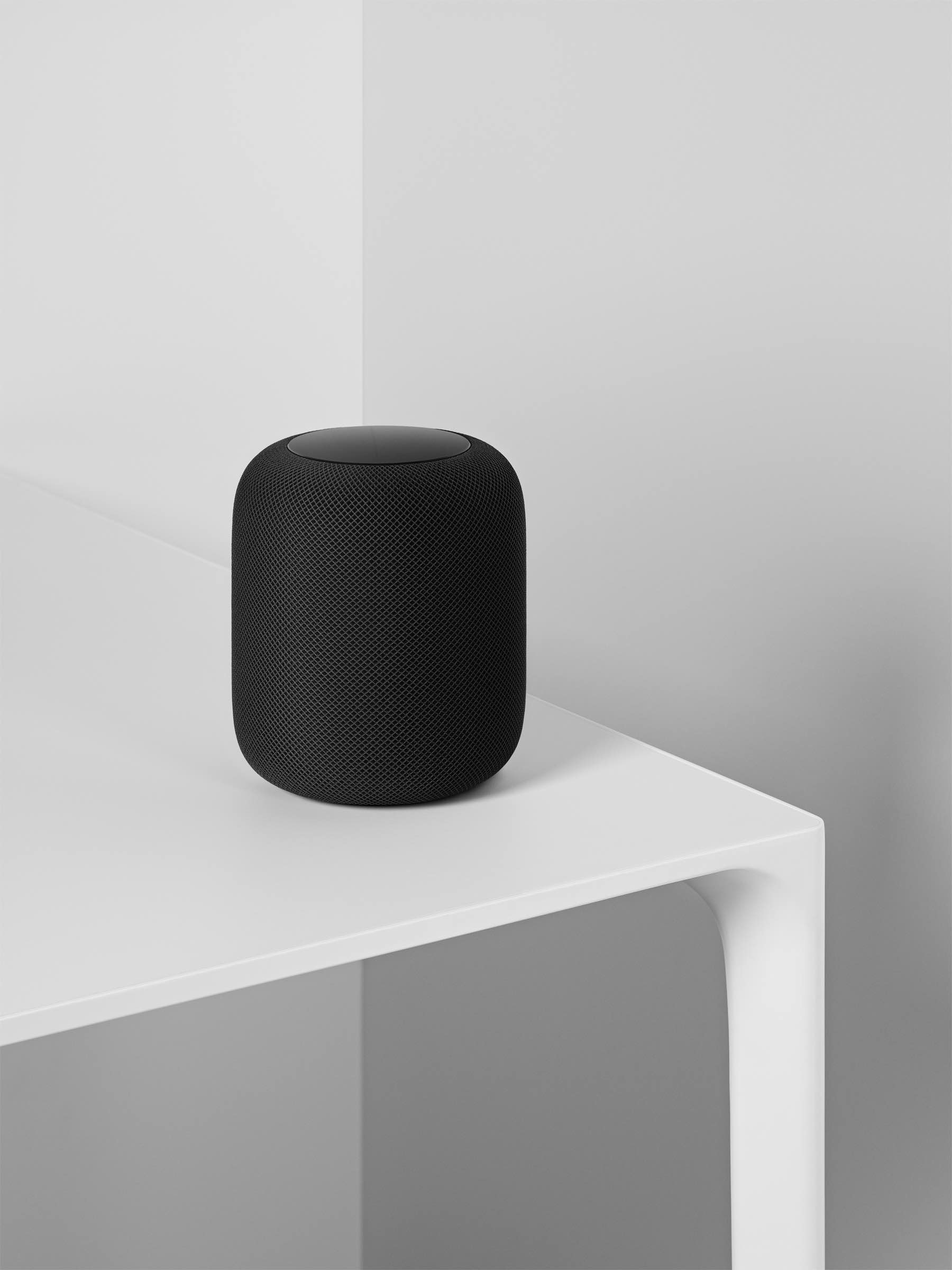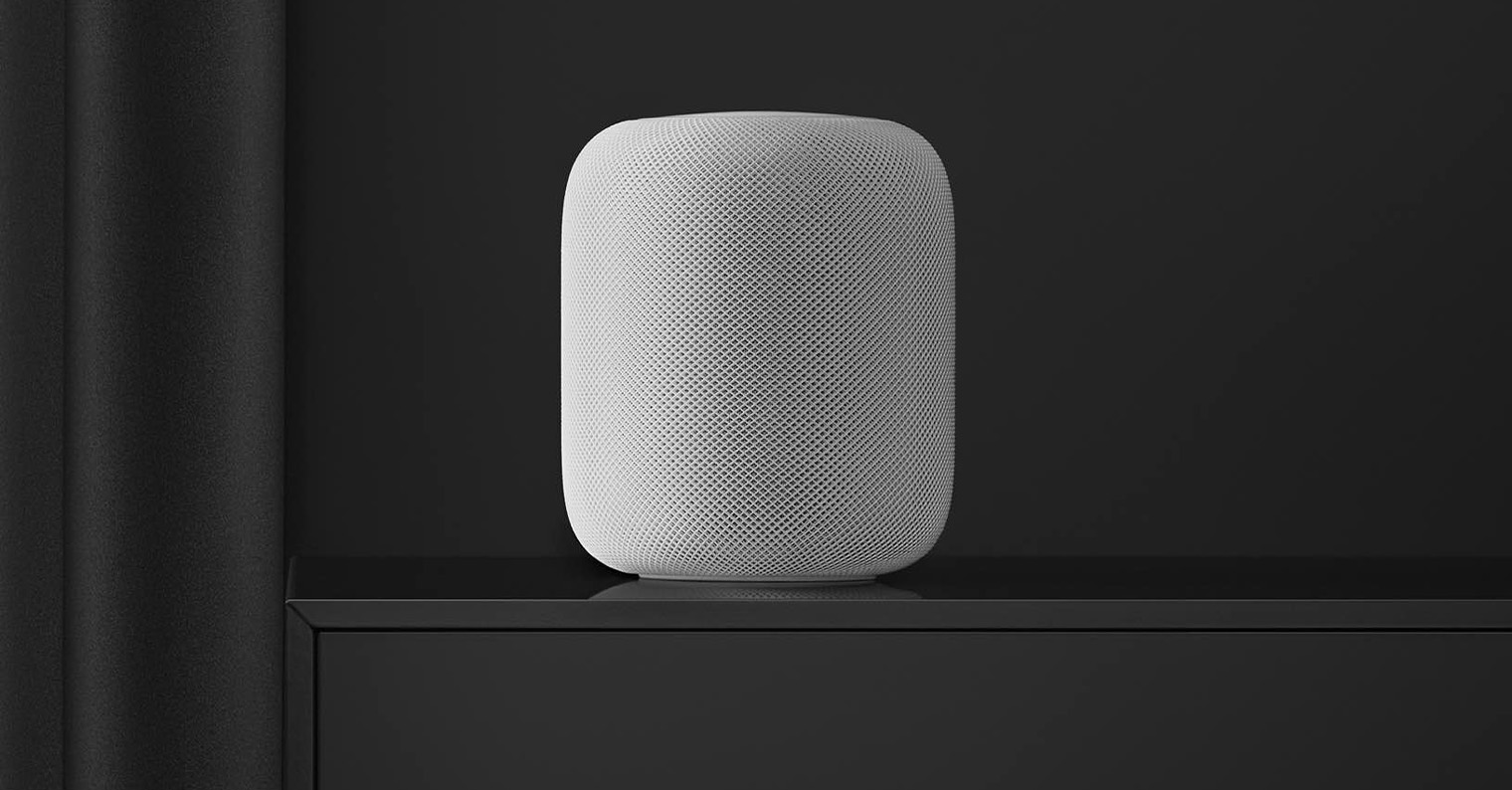Sonos made a big splash with older device users this week. The company is quite clear announced the end of updates for your oldest speakers. Sure, the speaker can still play music and perform other functions, but those who have invested in the entire Sonos speaker ecosystem for several years now find themselves in a position where they have a choice: either upgrade to newer hardware, or their ecosystem won't be as flawless as before .
It could be interest you

At least that's what the company said, saying that users who want to use the ecosystem and additional speaker features can only do so if all the tech uses the latest software. The most loyal fans took this move very negatively. No wonder. This is already the second step by which Sonos makes it clear that smart speakers, unlike classic ones, have a shorter lifespan. It's a tax on cleverness.
We see it on phones and computers. The oldest devices simply can't keep up with the latest software and that's one of the reasons we upgrade regularly. But with the upgrade of these devices comes added value: a better camera, support for modern internet without cutting, longer battery life or gadgets like Face ID.

But why would you change a perfectly working speaker? Are those few software features really worth trashing the entire product? And why, if you want to take advantage of this company's trade-in program, do you have to put the speaker into recycling mode, making it irrevocably useless? At a time when more and more companies are working on their greening, this is really strange and incomprehensible. Even more so when she company on her website defends ecological sustainability.
However, this situation indicates what can happen not only to Sonos, but to other manufacturers of smart speakers. For example, Apple's HomePod. Today, there seems to be no need for a second generation, but the question is how long it will be before the hardware stops keeping up with the software. After all, the heart of the HomePod is not so much audio equipment as the five-generation old Apple A8 processor from the iPhone 6 era, combined with 1GB of RAM and an operating system based on iOS. Yes, this hardware is enough today, but what works today may not work tomorrow.
On the plus side, Sonos is ending support for 11- to 14-year-old devices, so the HomePod is likely to have a similarly long lifespan. The question remains what will follow when his time comes.
